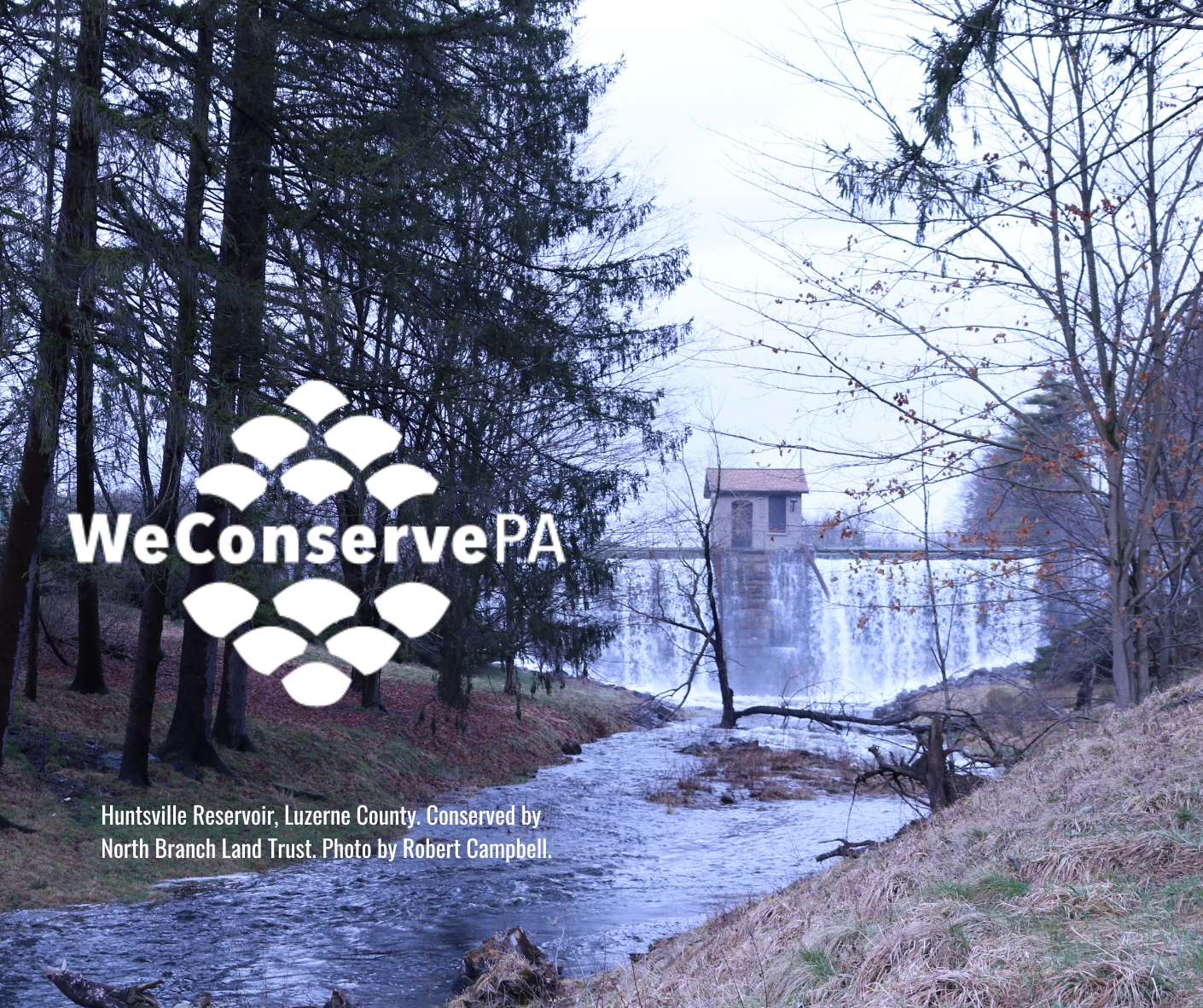Construction Defect Claims: Trends and Strategies for 2024 – Technologist
Finding the right insurance partner is essential for managing construction defect claims effectively. With the demand for construction returning to pre-pandemic levels, it’s crucial to have a partner that understands market trends and is prepared to handle the challenges ahead.
What’s Driving the Surge in Construction?
Demand for construction has rebounded, fueled by resumed business activities and eager homeowners. As John Posa, SVP of Nationwide E&S Brokerage Construction, noted in a recent article for Risk Insurance, the pre-COVID building boom continues to drive residential and commercial projects, including infrastructure, hospitals, and warehouses.
“The value of ongoing construction projects today is close to $500 billion,” according to a Reuters report which highlighted an 11.3% increase in construction spending year-on-year by November 2023.
What Are the Key Challenges in the Construction Industry?
Construction Defect Claims: A Growing Concern
One of the biggest challenges is the rise in construction defect claims. These claims arise from defects like leaky plumbing, foundation cracks, and mold.
“Claims are often filed right up against the deadline set by the statute of repose, which can be as far out as 10 years from the project’s completion,” Posa explained.
Factors contributing to this increase include the $1.2 trillion Infrastructure Investment and Jobs Act passed in 2021 and the surge in high-end custom house projects valued at $10 million to $15 million.
What Factors are Triggering Construction Defect Claims?
- Municipality Claims: There’s been a notable rise in claims linked to the allocation of infrastructure bill funds, especially in states like Texas.
- High-End Projects: High-value custom houses are more prone to defect claims.
- Project Delays and Abandonment: Factors like mechanical liens, payment failures, and rising adjustable interest rates contribute to claims. Abandoned projects often lead to defect claims against general contractors.
How Are Nuclear Verdicts Impacting the Industry?
Nuclear verdicts are causing concern, with juries awarding large sums to plaintiffs who feel wronged. This trend is part of the broader phenomenon of social inflation affecting construction claims.
“Social inflation and nuclear verdicts impact all types of construction claims, including bodily injury and property damage,” Posa added.
How is the Market Adapting?
Rising Property Values and Increased Repair Costs
The surge in property values has doubled repair costs and settlement values for defect claims. Prominent law firms are now more selective, focusing on high-value cases.
Carrier Market Responses
Many carriers have withdrawn from the market due to unsustainable practices or the need to adapt quickly to economic changes.
“Carriers must evolve their pricing and risk assessment strategies to keep up with changing market conditions,” Posa emphasized.
How Can Insureds Keep Up with Construction Trends?
Reviewing Carrier Appetite and Diversification
Insureds should look for insurers aligned with current trends and possessing a diversified portfolio across various lines of business and geographies.
Utilizing Data Analytics
Advanced data analytics and predictive modeling help insurers understand and quantify exposures better, leading to informed underwriting and pricing decisions.
“Building strong relationships with reinsurance partners is vital. Reinsurance provides additional capacity and protection against large losses,” Posa noted.

Efficient Claims Handling
An efficient claims-handling process is crucial for preventing claims from escalating into litigation, which can save costs and improve customer satisfaction.
“Open communication between insureds and their carriers is key. Insureds should feel empowered to ask questions and work collaboratively with their provider,” Posa concluded.
Conclusion
Navigating the complexities of construction defect claims requires a proactive approach and the right insurance partner. By focusing on current trends, utilizing advanced analytics, and ensuring efficient claims management, insureds can better manage risks and secure the protection they need.
Sources:





